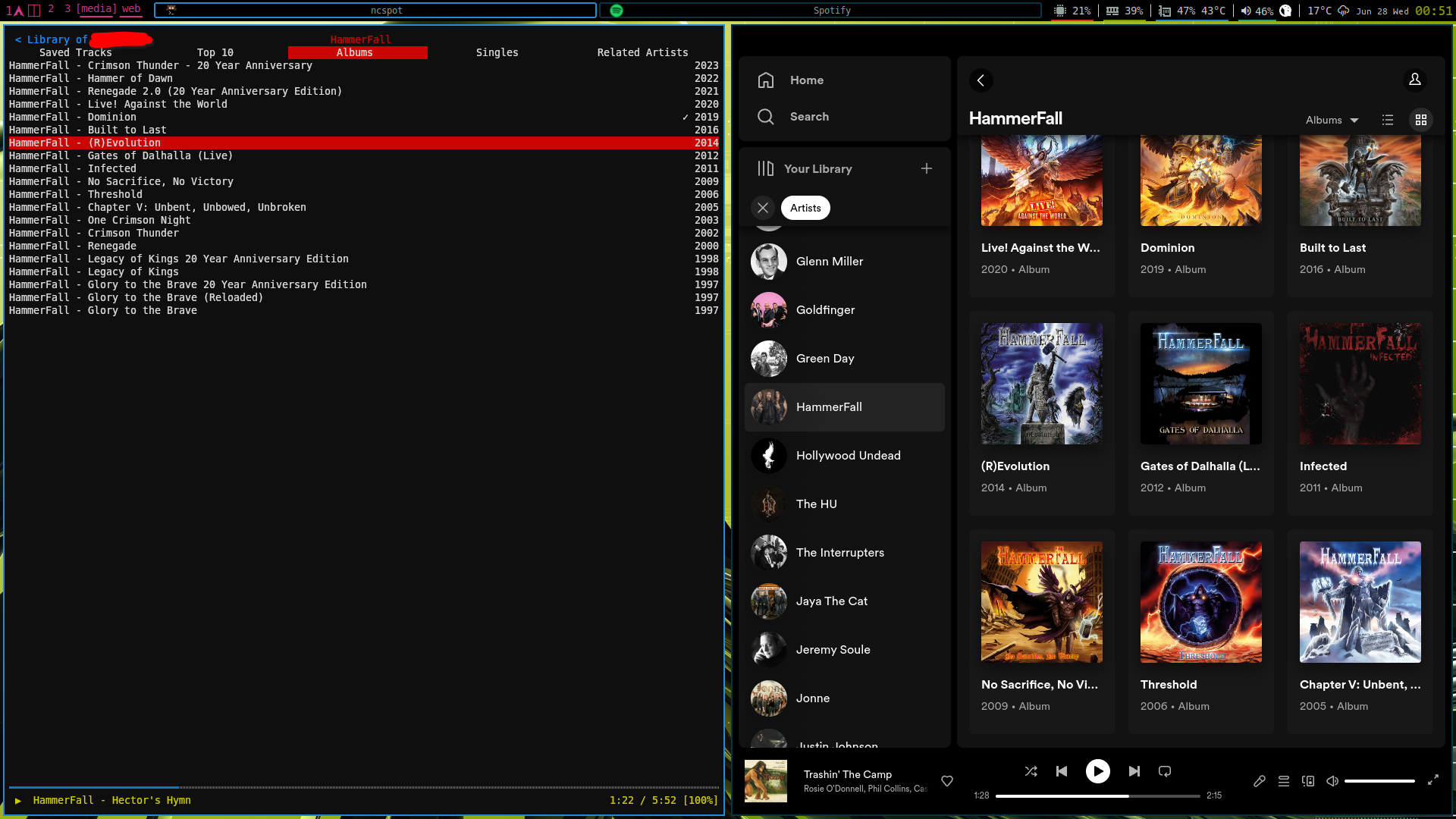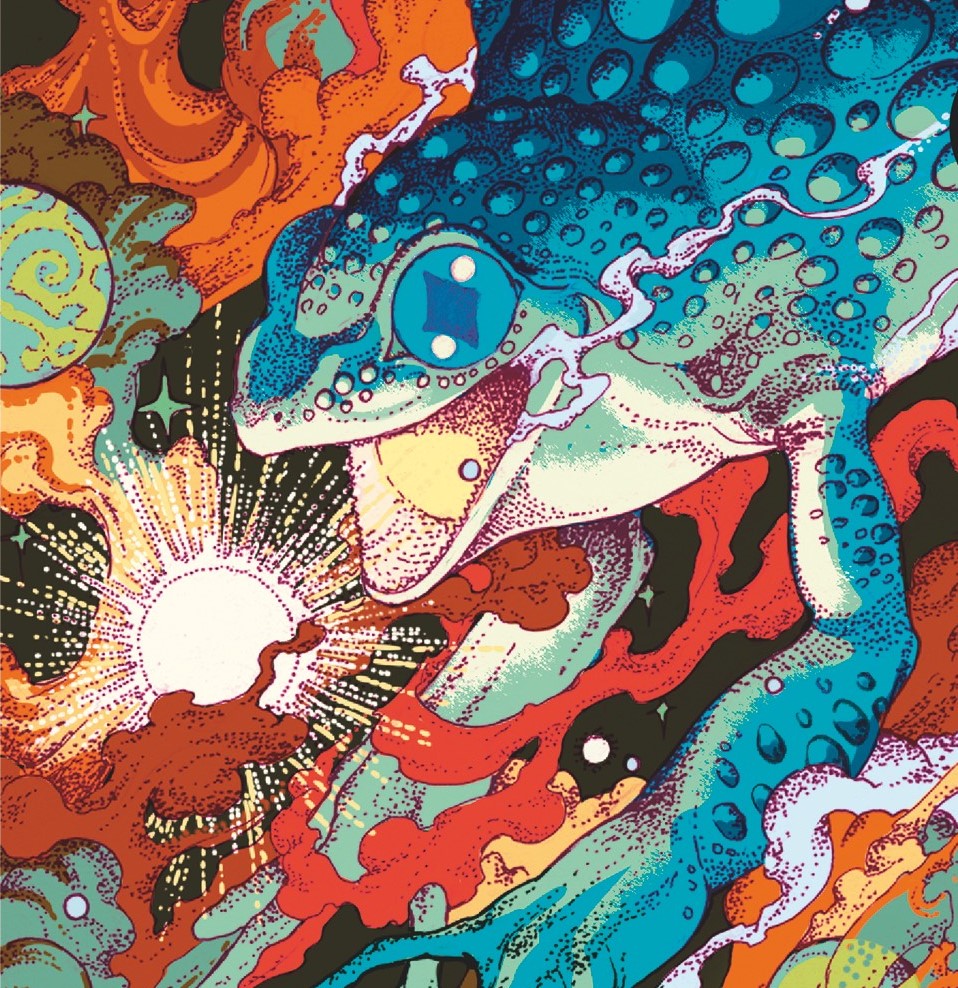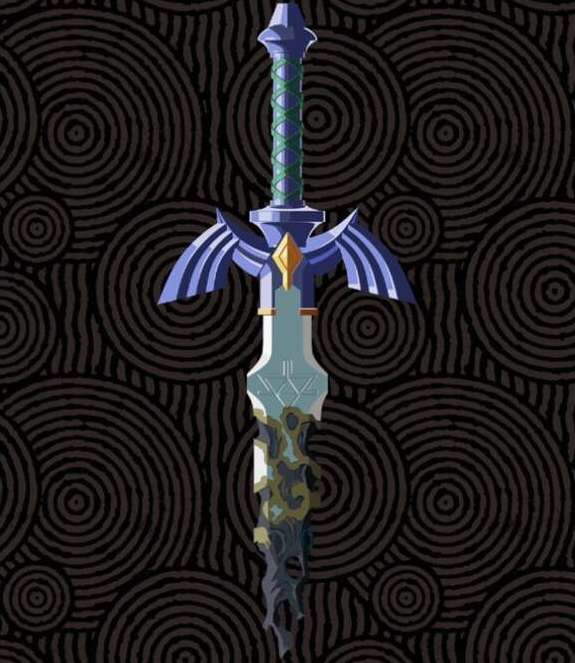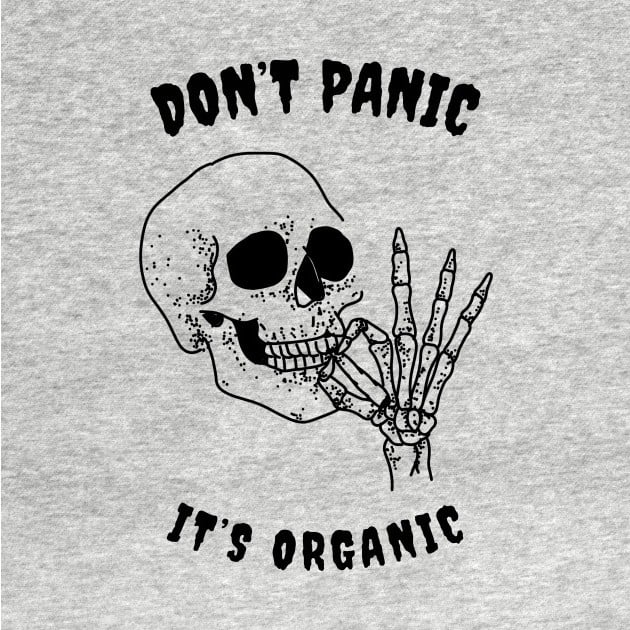Are you guys tired of the “Material You” design? I don’t really like the huge paddings on everything aspect of it. Also a lot of it feels too flat. What do you guys think?
As a UI/UX designer myself (hobbyist, to be clear), I really like it.
There seems to be this notion in the homebrew/FOSS/Linux community that “wasted space” is always non-preferable. I can see this being true for some people, but I feel like a lot of people and band wagoning this opinion.
It’s pretty universally known and accepted in the design community that padding is extremely important when it comes to helping your brain read and separate content. And to be fair, most non-tech people prefer space and padding in their applications to make things easier to understand.
I can be entirely off base here, but TLDR: I like padding and it’s literally beneficial to helping your brain understand the layout of what you’re looking at better.
personal opinion, i think padding is worse for delineating objects than a bit of colour; or just, like, a line. look at this example - there are four distinct segments on the left, whereas on the right they all merge into one and a half
padding is really useful, yes, but if you put padding on everything then what’s there to be separated?
The one on the right looks like different buttons and that everything is clickable. A quick glance shows you different elements and you can easily find what you’re looking for. An example of form and function working together.
The one on the left looks like a text area showing different symbols. A quick glance shows you a blue area and a white area. Seems like you need that extra moment to find what you want because everything looks the same. An example of function over form.
Cramming a lot of things together isn’t always good (probably it’s just bad in general) because it just makes things confusing and ends up wasting time more than having bigger things but less of them.
meh, i’d say they’re obviously buttons from context (why would a calculator app just have a bunch of random unclickable symbols?). but assuming they don’t immediately read to you as buttons; md3 calc app only has 8 buttons:
AC,(),,÷,×,-,+, &=.the rest is just exactly the same mess of text randomly laid outedit 2023-08-03: i have now looked at this image on a better calibrated monitor. the numbers actually do have background circles (why did no-one pick me up on this). however, this does prove my point about the complete lack of any contrast on anythinghaving areas is good as it allows the eye to do a sort of binary search: if i want a scientific function i’ll look in the white on blue, operators in blue on white, numbers in black on white; then search for the exact button i want. without that, everything’s an unorganised mess (for instance why are brackets in the same section as operators?), with some functions hidden in the
vbutton at the top rightalso i’ve just noticed - how do the brackets work in md3? do you have to tap the button once to bring up a menu and then tap the bracket you want? or does it automatically insert one based on whether you’re inside a set? if it’s the latter, how does one do nested brackets?
Gotta agree. On the left, I’m drawn straight to the secondary set of symbols.
On the right, the “distinct segments” are more distinct to me, because of the colors. Primary symbols, All Clear(?), numpad catch me first. Then I notice the lack of shapes and color on the secondary set of symbols.
The colors are auto-generated from your phone wallpaper. Maybe choose one that is less homogenous :)
Yeah, choose a wallpaper you like less so your calculator doesn’t suck!
There are also preset schemes.
UI dev here. To add to this, good use of “negative space / white apace” is also beneficial in signalling abundance. The more negative space you can afford to “waste”, the more resources you signal to have.
Luxury brand ads are good examples. Compare this Citizen Watch ad (https://images.app.goo.gl/mALYonDz6qzKJjuJ6) to this (https://images.app.goo.gl/sTXzyrFXNDUxR8AR9)
Neither of the images links work?
It’s nice to see your perspective on it, you make some great points.
Its funny how the places that I dislike the most (status bar toggles and recently google search) are used often and thus do not need the benefits of reading and content separation. You already know by heart what it says and where they are.
Maybe I would like it more if the big padding would only be used in places where I do not interact often with. This would make consistency difficult though.
Good point but just because you know where certain things are on screen, that doesn’t mean everybody knows. So you have to account for that too. Like design considering that that’s the first time someone’s looking at that screen.
As a UI/UX designer myself (non-hobbyist), there’s UI and there’s UX. What differentiates a good-looking design from a crappy-looking design, most of all, is space (or padding). There are many other factors, of course, contrast being also very important for example, but space is number one. But that doesn’t make a design good, just good-looking, which is a very different thing.
Adding steps to take a common action (turn off wifi or whatever) because you used to have a certain number of buttons and now you have to hide some to add space… That’s bad design. Good looking, good UI. Shit UX.
Space should be added when needed. And you need it, when you do, to make thinks clearer. You shouldn’t add space to make it look better if that’s gonna make the experience worse.
The number one rule of design is that form follows function. You should make things as pretty as possible until you find the wall of functionality, and then you stop. Going from six quick access buttons to four was breaking that wall. You wanna be just on top of the wall. Go to one side, you get a great looking interface people hate to use. Go the other side, you get an interface that’s dense and full of things you want, but looks like a piece of nerd shit.
I’m also tired of people repeating the same copypasted ideas about any new design system out there (as I’m sure most people are when hearing people talk about their area of expertise), but they are not wrong on that regard when it comes to material you. Shit name by the way.
While you’re here, I’m curious about your opinion on the latest Spotify client design. It feels like they want to bring the desktop design closer to the touch screen client (maybe to reduce the codebase not shared by the projects). Personally, having grown up with Winamp, I find it very uncomfortable how images are dominant in both list and grid views, and how much space is left (really wasted) around texts. I think it’s just a very inefficient interface with way too much useless visual fluff.
spoiler

(the application on the left is a terminal-based client that really only needs a tiny corner on the screen)
It’s one of those “it depends” things. I’ve been working on a pretty data-dense webapp and as time goes on we’ve been shaving bits of padding off and instead relying on elevation and borders to signify the UI hierarchy of the app.
For normie apps where there’s hardly anything to present, I think all the spacing helps people not get overwhelmed as much.
There’s a fine line between desirable ‘white space’ and too much padding, which Google should probably do a better job at finding.
I’m not upset by it because, like all Google design eras, nearly no one uses it uniformly.
The dynamic colors are a fucking nightmare. No, I don’t want all my ui elements to be the same color as my girlfriend’s skin tone. And the worst is even if I change it, it resets every update. I also don’t like the new quick access controls in the pull down. This is really the first Android update that’s felt like a flat downgrade for me.
yeah, i hated material ew as soon as it was announced. so much padding everywhere, and so little contrast - to paraphrase the incredibles: if everything’s orange[1], nothing is. your eyes will adjust to it. i want actionable items to stand out, not be a slightly lighter shade of the same colour. it also looks rather like a fischer-price my first phone interface
i must say, if an app (for example, jerboa) uses material 3, i usually try to look for an alternative
[1] other colours are available, i just like orange
edit: some examples:
with material design, it’s clear what’s a header, what’s a footer,[2] and what each button’s state is.
with all the padding, there’s also less space; leading to less functionality
with material ew, it’s much harder to tell at a glance what each app is, one has to scrutinise the icon rather than just tell at a glance by colour
i also really dislike monet; the way it pulls this horrible washed out sickly pastel colour from a wallpaper and washes it over the entire app. if i just pulled one accent colour, and applied that to, say, the header and main action button, i’d like it a lot more
[2] look at the lack of contrast on that “new post” button
The colors I do like personally, it’s the huge buttons that make me feel like it was made for the elderly lol.
Its nice to see everyone has their own take. :)
i wouldn’t even mind the colours if they didn’t tint the background. tinting solely the main text colour and the main buttons might look quite nice. to be honest though, i just loathe pastel colours in general, so it’s possible that’s influencing my opinion
I love it. Personal preference, of course. :)
Big fan of material you.
As a professional UX designer, the padding is the least of the issues.
I’m hoping I get used to it, but I miss more skeuomorphic design. It’s like a designer wanted to push it to be edgy and forgot about real people using it… which describes the bulk of Apple design, too, for that matter. I think we overshot the balance point.
Edit: forgot my real point halfway through commenting: I will say even that isn’t the worst of it, though. The dynamic theming is a bit of a branding nightmare.
The dynamic theming is a bit of a branding nightmare.
Probably one of the reasons I like it. Big red company icon next to the big black company icon, next to the big pink company icon. Nah, I’ll take the uniform design, please.
Agreed on that count - I like that UI consistency is an option for those who prefer it.
But companies like to brand for, among others, usability and legal reasons. They aren’t going to participate in neutering the brand they have invested so much in. It doesn’t really matter if the user “likes” it because it’s pretty. What matters is if the companies pouring money into app development like it, and if the users can easily identify the apps they want to use. That’s why it has such low adoption.
It doesn’t really matter if the user “likes” it because it’s pretty.
I prioritize apps that have the option. If companies want me to choose their app over another, they’ll offer it.
I have no problem identifying the app I want to use. My apps are alphabetized. Easy peasy.
Most apps aren’t “choice” apps. Things like banking, transit, etc. I doubt you’d change your bank or refuse to take the bus just because they don’t allow their app to be colored based on a random pixel measurement from a background image. And if so, I’d like to think you’d be in the limited minority.
True, which is why I said prioritize. If I have no other option, I have no other option. Some of my open source, small project apps have already made icons available. I really have a hard time understanding why a big business is so resistant to it other than they want to train the customer rather than listen to their requests.
I miss the UI from android 4.3… it was so clean and minimal.
I miss TabletUI :(
I’m personally not that fond of it, and kind of want it to blow over in favour of a new trend.
It lacks the charm, and neat little 3D effects that skeumorphism had, but that’s also not helped by it being implemented poorly.
I’m over pastel colors, honestly. I want bold, vibrant colors. At least the option. It feels like Google is stripping more and more customizability with every update.
actually, google is planning to add bolder, vibrant colors in android 14
(but you can already use repainter app)
No, not at all. I am really fond of Material You. I think it is a nice mix of modern and playful. The colors are great too. I seek out applications that adhere to the material you standards and allow for using system colors. I have a Pixel 7 and a Pixel Watch. I’m excited to see what Material You looks like on the watch when the Wear OS 4 update comes.
Android 11 was the last best Android version in terms of UI. I went back from Android 12 to 11
Came here to make this same comment. Android 11 was peak.
I don’t particularly like it or hate it; I see it as the perceivably necessary new thing that’s introduced each year to keep people interested.
My main complaint is the amount of padding everything has, it makes things feel so cramped, even on a big screen. Increasing the information density would really improve the design, imo. Making colors more saturated would be cool too.
But other than that, the design is growing on me.
I like the integration of adaptive icons for Android. I’m really keen on selecting a theme based on my current wallpaper and that color being used for all apps.
Not many apps are currently supporting it, even Facebook and other players you’d assume could do it in a seconds aren’t.
Implementing it looks fairly straight forward, you provide a transparent image of your logo and it adaptive naturally to suit your theme. I assume apps are intentionally being difficult because that visually changes their logo / branding.
It’s great when it works tho!
I still want Material back.
















